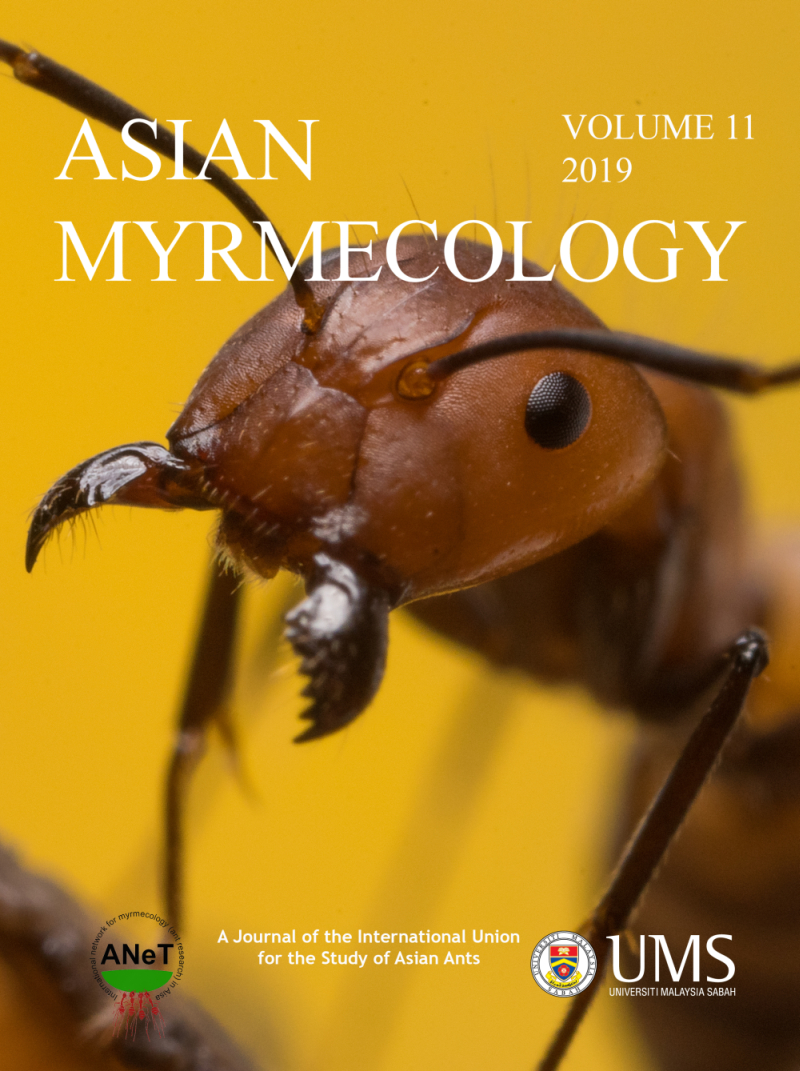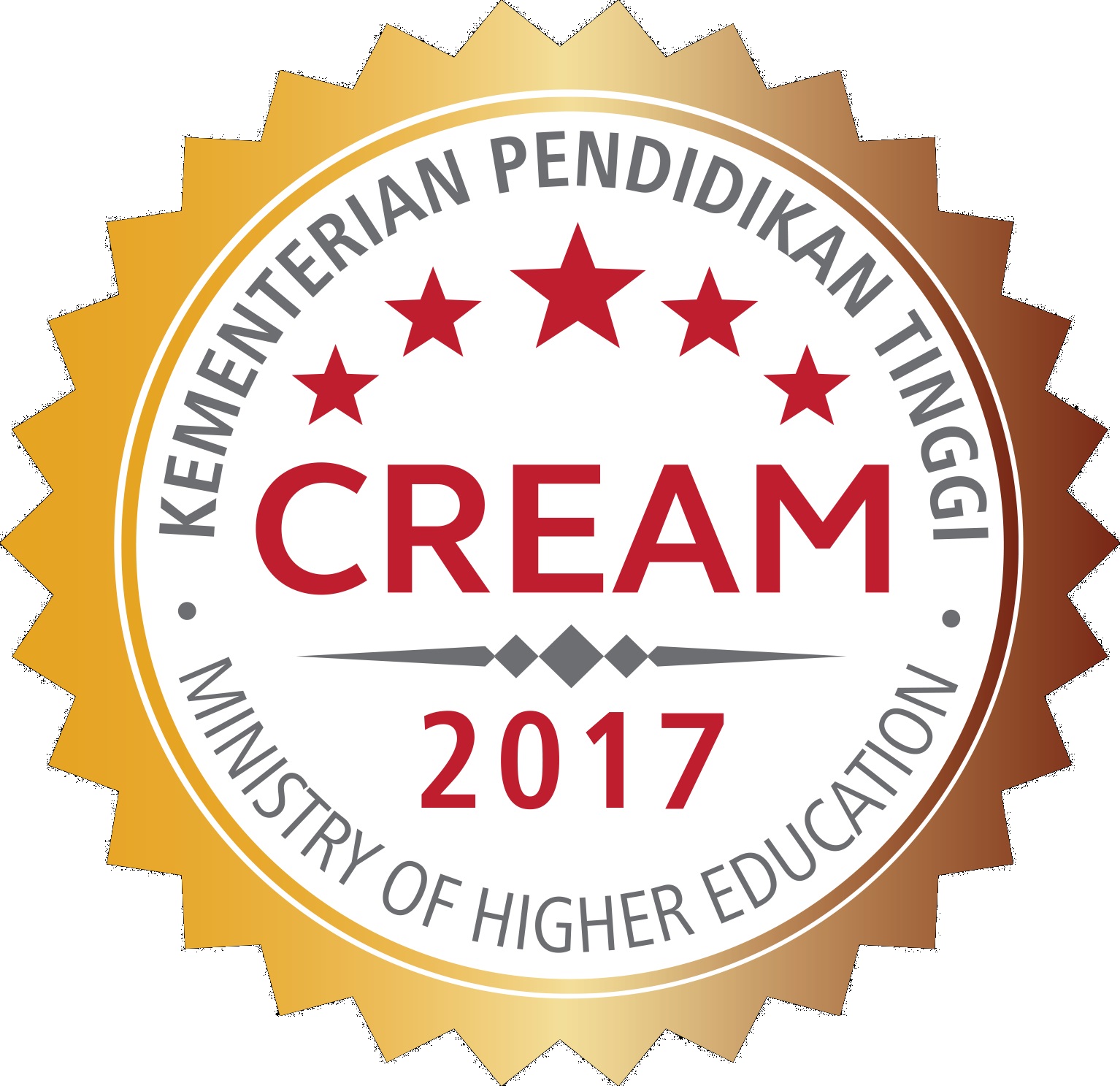ASIAN
MYRMECOLOGY
online first (online version of paper published before print issue)
Ecology and Distribution
DOI: 10.20362/am.010010
Asian Myrmecology 10: e010010 (1-13)
article first published online 02/August/2018
Forest gaps, edge, and interior support different ant communities in a tropical peat-swamp forest in Borneo
STIJN J. J. SCHREVEN1, 2, 3, ERIC D. PERLETT1, BENJAMIN J. M. JARRETT1, 4, NICHOLAS C. MARCHANT1, FRANSISKUS AGUS HARSANTO1, 5, ARI PURWANTO1, 5, K. V. SÝKORA2 & MARK E. HARRISON1, 6*
Abstract:
Southeast Asia’s tropical peat-swamp forests (TPSF) are globally important for carbon storage and biodiversity conservation, but are at risk from multiple threats and urgently require improved management. Ants are often used as ecological indicators in monitoring programmes to guide adaptive management, but data on TPSF ants are scarce. We conducted a twelve-month study on ants in the Sabangau TPSF in Indonesian Borneo using baited traps, to compare community composition across three disturbance categories (forest gaps, forest edge and relatively undisturbed interior forest) and between dry and wet season. The three disturbance categories supported distinct ant communities across seasons. Differences in canopy cover likely underlie these changes in ant community composition. Surveying was more effective in the dry season, because ant capture rates were higher and more indicator taxa were identified than in the wet season, but overall ant community composition did not differ significantly between seasons. These findings suggest a potentially useful role of ants as ecological indicators in TPSF. Further surveys should be conducted in Sabangau and other TPSFs to test the transferability of our findings.
Keywords:
ecological indicator, Formicidae, baits, disturbance, seasonality, Kalimantan
Get PDF (1013K):
1Borneo Nature Foundation, Jl. Bukit Raya No. 82, Palangka Raya 73112, Central Kalimantan, Indonesia
2Plant Ecology and Nature Conservation Group, Wageningen University & Research, PO Box 47, 6700AA, Wageningen, The Netherlands
3Laboratory of Entomology, Plant Sciences Group, Wageningen University & Research, PO Box 16, 6700AA, Wageningen, The Netherlands
4Department of Zoology, University of Cambridge, Downing Street, Cambridge, CB2 3EJ, United Kingdom
55UPT LLG CIMTROP, University of Palangka Raya, Jl. Yos Sudarso, Palangka Raya 73111, Central Kalimantan, Indonesia.
6School of Geography, Geology and the Environment, University of Leicester, University Road, Leicester, LE1 7RH, United Kingdom
*Corresponding author: m.harrison@borneonature.org



